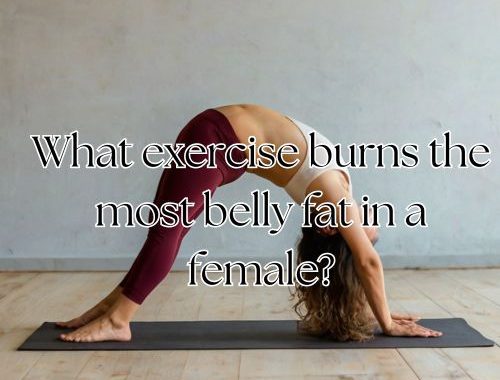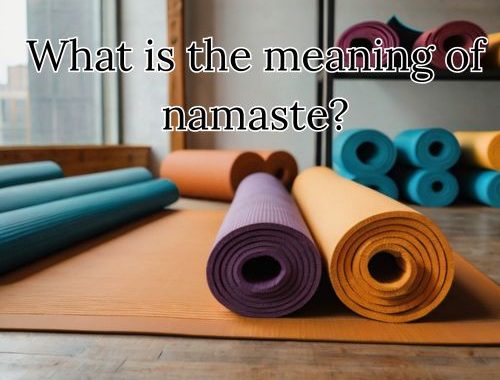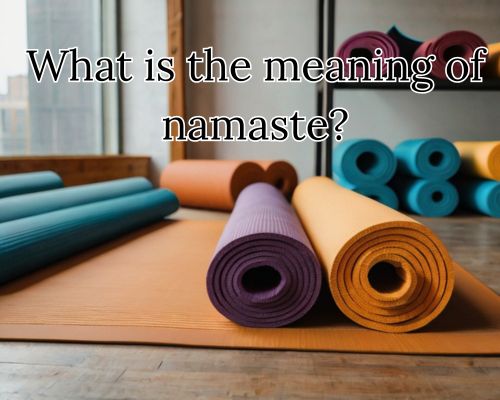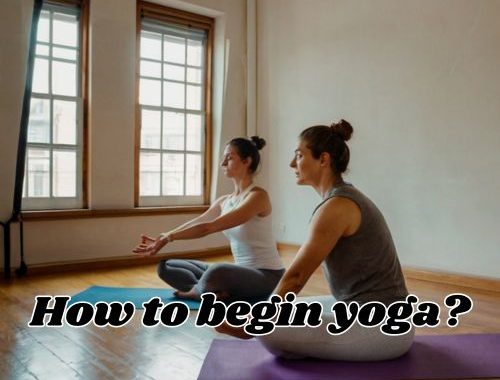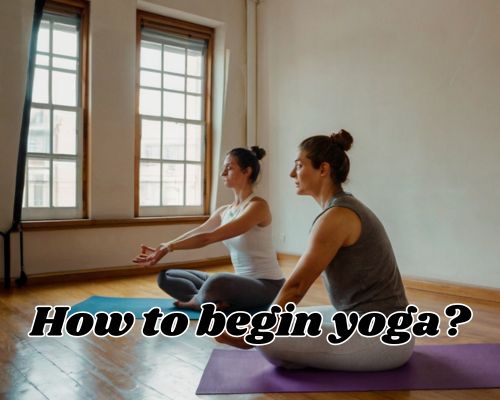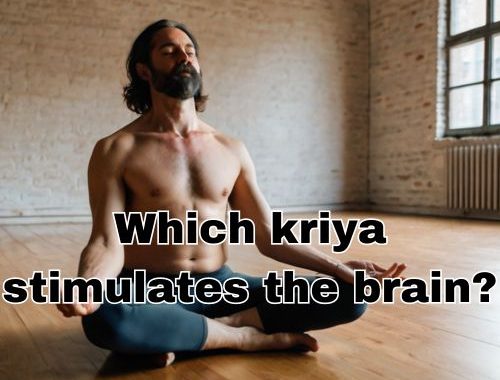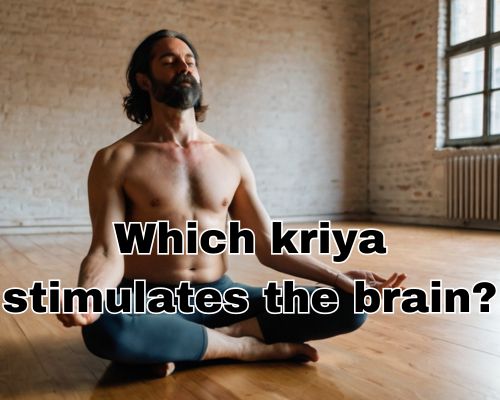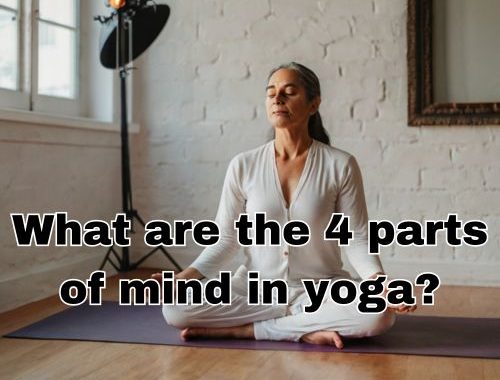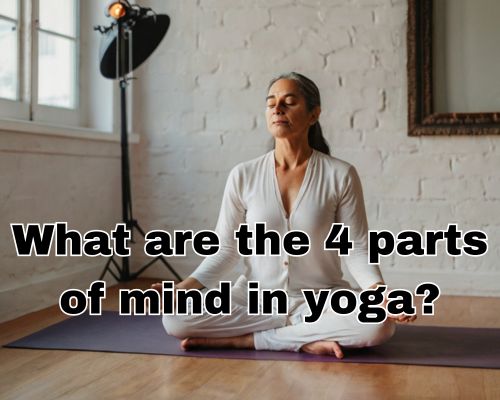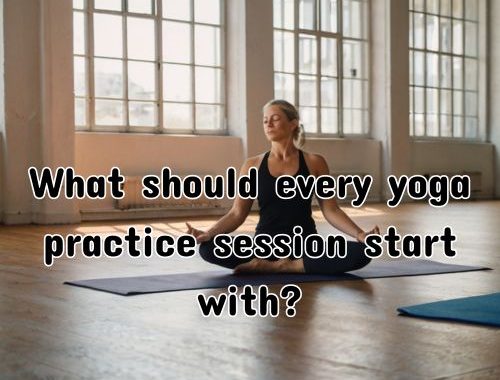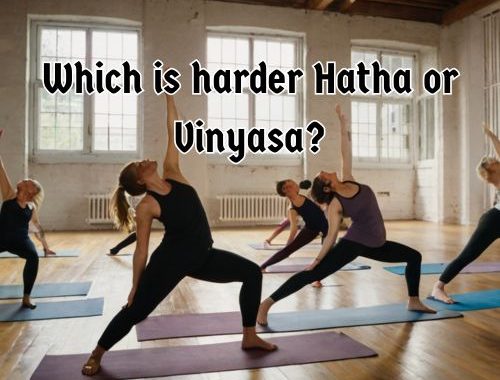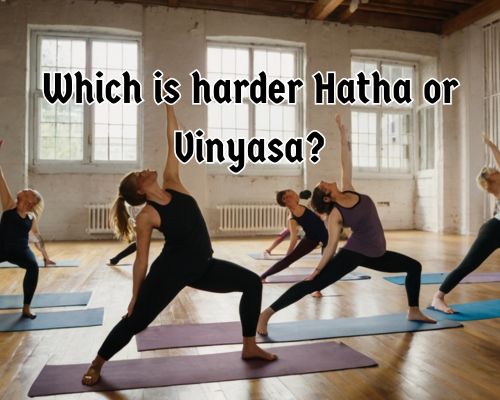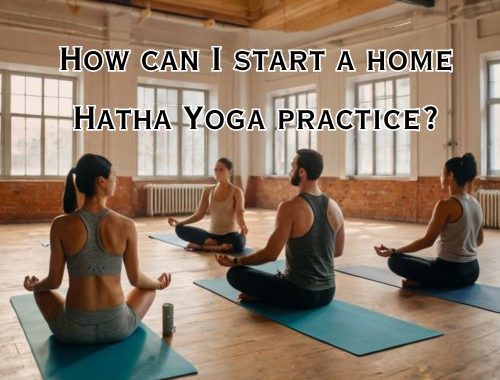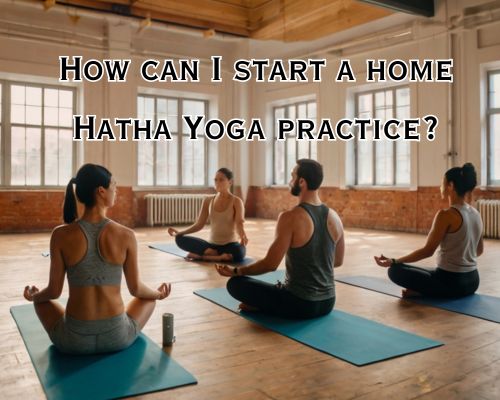Why Am I So Tired After Bikram Yoga?
If you’ve ever walked out of a Bikram yoga class in Mornington, Australia, feeling like you’ve been steamrolled by a truck—congratulations, you’re not alone. Exhaustion after a hot yoga session, particularly Bikram yoga, is common and even expected. But why exactly do you feel so drained after a practice that’s supposed to improve your vitality and well-being?
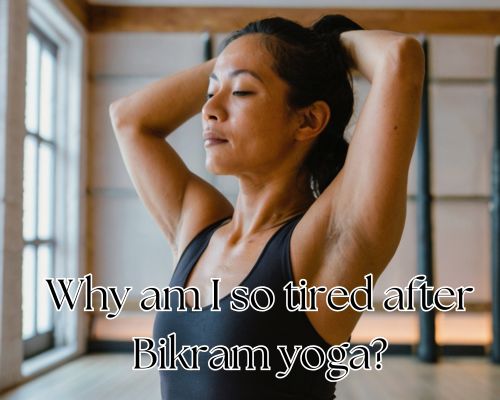
With Jane Benson of Bikram Yoga Mornington, let’s dive deep into the science, physiology, and the local lifestyle influences in Mornington to understand why you’re so tired after Bikram yoga—and what that really means for your health.
🧘♀️ Understanding Bikram Yoga: A Demanding Discipline
Bikram yoga isn’t your average yoga class. It’s a 90-minute sequence of 26 postures and two breathing exercises practiced in a studio heated to 40°C (104°F) with 40% humidity. It’s designed to push your mental and physical limits.
This intense environment mimics the climate of India where yoga originated, and while it offers numerous benefits—detoxification, flexibility, improved circulation, and stress relief—the same conditions that produce those benefits also trigger extreme fatigue.
In Mornington, many locals practice Bikram yoga as part of their wellness routine due to its sweat-inducing cardiovascular challenge that also promotes mindfulness. But after that last savasana, many are left feeling depleted.
🩸 The Physiological Fatigue Factor
🔥 1. Dehydration and Electrolyte Depletion
When you sweat buckets in a heated studio like Bikram Yoga Mornington, you’re losing more than just water. You’re also shedding essential electrolytes like sodium, potassium, and magnesium. These are critical for muscle function and energy production.
A drop in electrolyte levels can leave you feeling:
- Lightheaded
- Sluggish
- Nauseous
- Emotionally drained
Tip: Rehydrate with an electrolyte-rich drink (like coconut water or electrolyte tablets) after class.
💓 2. Cardiovascular Demand
Bikram yoga has been shown to significantly increase heart rate, making it akin to moderate aerobic exercise. According to the American Council on Exercise, heart rates can reach 70%–85% of maximum effort during class, which explains the post-practice exhaustion.
In Mornington’s active coastal community, many participants also engage in other fitness routines like hiking in Moorooduc Quarry Reserve or swimming at Mills Beach. Combining these with Bikram yoga can intensify fatigue unless recovery is prioritized.
💨 3. Oxygen Deprivation
In the heat, your body must work harder to cool itself, often reducing oxygen flow to muscles. This mild hypoxic state—where oxygen is limited—can result in extreme tiredness as your body compensates.
If you’re new to hot yoga or adjusting from cooler Mornington weather, this impact may feel even more pronounced.
🧠 4. Mental and Emotional Release
Bikram yoga isn’t just physically taxing—it’s emotionally cathartic. Holding poses in intense heat can stir up stored emotional tension. The act of releasing that pent-up stress can leave you mentally foggy or drained.
The quietude of Mornington’s coastal serenity is ideal for emotional healing, but it doesn’t make the process any less intense.
🛌 The Importance of Post-Yoga Recovery
If you’re regularly asking, Why am I so tired after Bikram yoga?, you may need to rethink your post-class routine. Recovery is just as essential as the practice itself.
✅ Rehydration & Nutrition
Your body needs nutrients to recover. Include:
- Bananas (for potassium)
- Leafy greens (for magnesium)
- Lean protein (for muscle repair)
- Electrolyte-rich fluids
🧊 Cold Showers or Baths
Contrast therapy (alternating between hot and cold) can reduce inflammation and promote faster muscle recovery. A dip at Schnapper Point post-yoga is a favourite among local yogis.
💤 Rest & Sleep
Make time for sleep. Your body repairs itself during deep sleep, particularly important after physically intense sessions like Bikram yoga. If possible, avoid scheduling high-demand activities afterward.
🌿 Mornington-Specific Considerations
Practicing Bikram yoga in Mornington, Victoria, comes with unique regional benefits and challenges:
☀️ Climate Adaptation
Mornington experiences mild to warm temperatures most of the year. However, when transitioning between seasons—especially from winter to spring—your body may need time to adapt to the temperature shock of a hot yoga studio.
🌊 Coastal Humidity
Being close to Port Phillip Bay, local humidity levels can vary, subtly influencing how much you sweat and how your body cools itself during Bikram yoga.
🧑⚕️ Local Wellness Culture
Mornington boasts a health-conscious community, with local wellness hubs like:
- Core24 Health Club
- Mornington Peninsula Yoga Centre
- BeachLife Active
These centres encourage holistic wellness, often combining yoga with nutrition coaching, massage therapy, and mindfulness workshops—all useful for managing post-Bikram fatigue.
🧬 Could It Be Something Else?
Sometimes, post-yoga exhaustion isn’t just due to the class itself. Consider whether any of these apply:
- Inadequate sleep the night before
- Poor diet or skipping meals
- Iron deficiency (especially common in menstruating women)
- Thyroid imbalances
- Overtraining from stacking multiple workouts
If fatigue lingers long after class or worsens over time, consult a local GP or holistic practitioner in Mornington to rule out underlying health issues.
🧘♂️ Final Thought: Exhaustion as a Sign of Transformation
Feeling tired after Bikram yoga isn’t a failure—it’s often a sign of internal progress. You’re sweating out toxins, regulating hormones, challenging your limits, and confronting mental blocks. That’s no small feat.
In Mornington, where wellness meets coastal calm, your post-Bikram fatigue can be reframed as a necessary restorative phase, not a red flag.
So, the next time you leave class drenched and dazed, remember: your body is working hard to evolve. Treat it kindly, feed it wisely, and let rest become part of your yoga.

